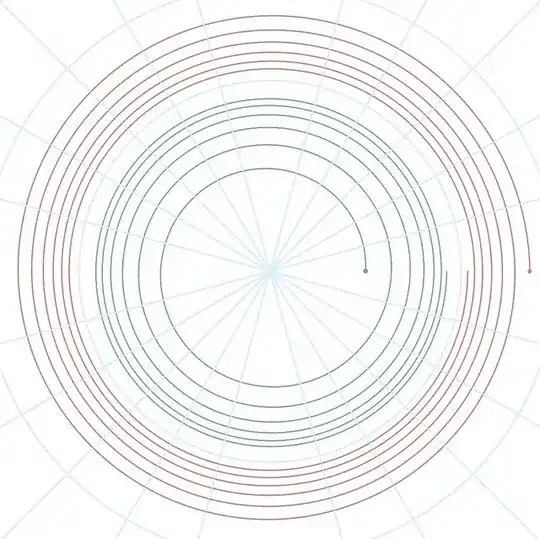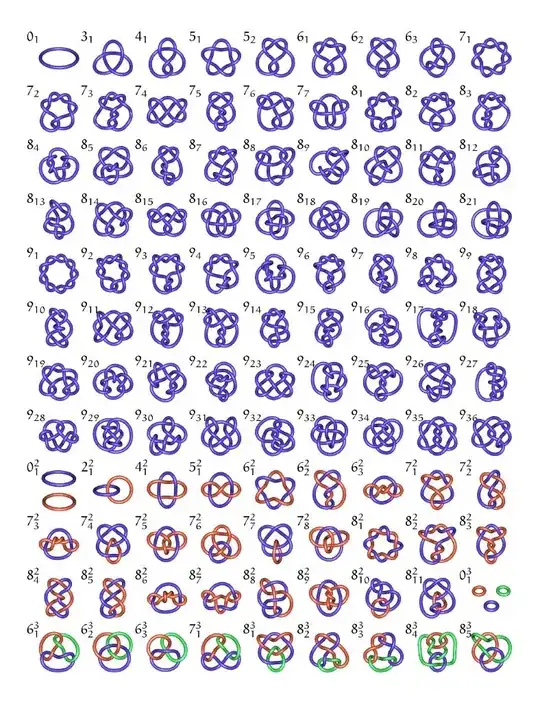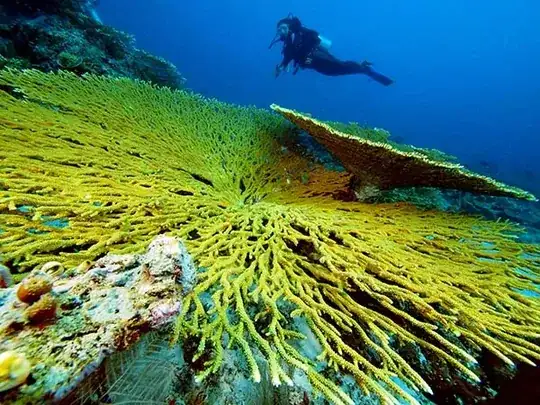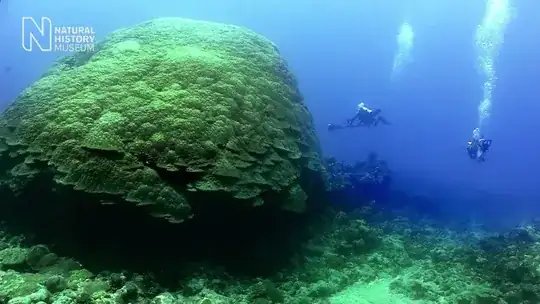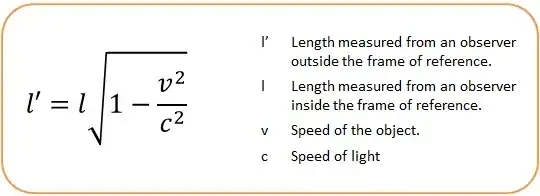Yes, a snail
Consider a snail: an initially tiny snail continuously grows new shell at the mouth, which grows wider and wider. The tiny central coils of the spiral are just the snail's shell from when it was younger. If you zoomed out, it would look the same as a younger snail.
As long as we redefine matter
Snails in our universe had finite origins, and thus an initial finite size. Any real snail would have a minimum size as a result of the atomic structure of matter.
But in your abstract universe, given the other infinities, we can change the structure of matter to have no atoms, no indivisible pieces. Turtles all the way down. In that reality, the snail can have infinite age, whilst remaining a finite size; the spiral could go inward forever.
Infinite animals cannot be made of atoms and live
One key issue with any infinitely large creature (in any dimension) is that any signal or biological process would be propagating forever from the head. So while it could start to move in some direction, it could never finish moving. And any nutrients consumed at the head would have to be only asymptotically absorbed in an ever diminishing tail (or the tail would starve). So I think any infinite animal would have to be asymptotically small in the older direction and thus require non-atomic matter.
Snails live in the outer chambers
A snail neatly resolves the issue of moving an infinite animal; though infinitely long in the spiral, the finite size and mass of the animal permits it to still move, to still procreate, etc. You have a choice whether to have parts of the animal still living all the way down the spiral, or whether to have an infinite body containing a finite lifeform living in the outer chambers.
Gabriel's shortened horn
We can make Gabriel's horn shorter too. Instead of the animal growing linearly along the x axis, we make it grow exponentially along the x axis. So regressing backward in time, every year it grew half as much as the previous year. This is the frog jumping half as much each time (albeit backwards) and has finite size.
Meet the family
One issue with an infinitely old animal is reproduction. If I am infinitely old, then I wasn't born, so I cannot have parents in that sense. Nor can I have children that are born and are also infinitely old. However, if I was a division from another infinite animal, then I too could divide to yield offspring.
This would mean that as long as we match our infinitely-divisible matter with some mirroring phenomenon by which any animal could divide or replicate (down to all its infinite detail), then we have a way for a whole family of infinite snails to exist independently from each other yet still related. I can imagine some mirror or portal thing which duplicates an animal while halving its physical scale; the total finite amount of mass & volume is conserved, just the snail comes out half the size (as it is fractally self-similar).
To understand the process you need number theory and the infinite hotel. But the effect is similar to cell division.
Two become one
On the flip side two animals could merge to become one twice as big; by a process reversing that of the division, the combined animal would be an infinite merge of the original two.
This gives as most of the components of reproduction as we know it, except one: a mechanism for variation.
A finite change
Our snails grow in time, and as with real snails, turtle shells, tree rings, you can look back in time by looking at the historic growth of the organism. If a snail underwent some change at random intervals (voluntarily or not), then it would be visible somewhere down the spiral, even though the spiral goes on infinitely long. This would then make one snail distinct from another snail, even where they were divisions of the same animal in some earlier time.
This mechanism gives us a way to have individuals, and a reason for the merging process; the snails have a way to be different, and a reason to choose one snail to merge with over another. The differences may be random (analogous to mutation) but the selection need not be.
One common ancestor
All snails can have derived from a common ancestor snail; in effect a division creates twins, so whilst they can ultimately yield lots of different individuals it would suggest that looking backward down any given animal's shell you could find an original snail where all snails are the same beyond this point.
The longer a snail has gone without dividing (compared to other snails), the larger it would be (given the division mechanism), so one half of the original snail could still exist alongside a larger number of smaller snails who had gone on to divide and sum separately.
Voila a snail
An infinite animal, complete with reproduction, ancestry and family.
